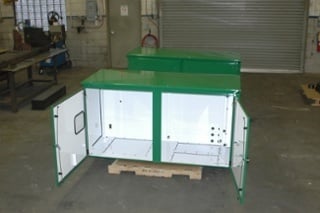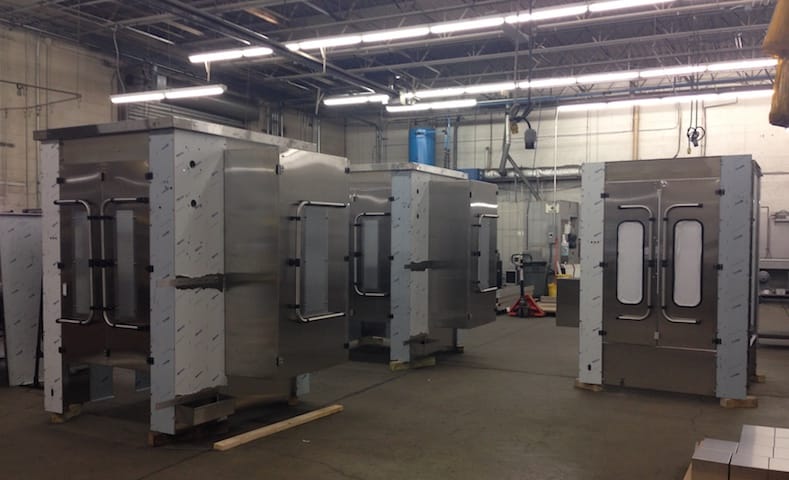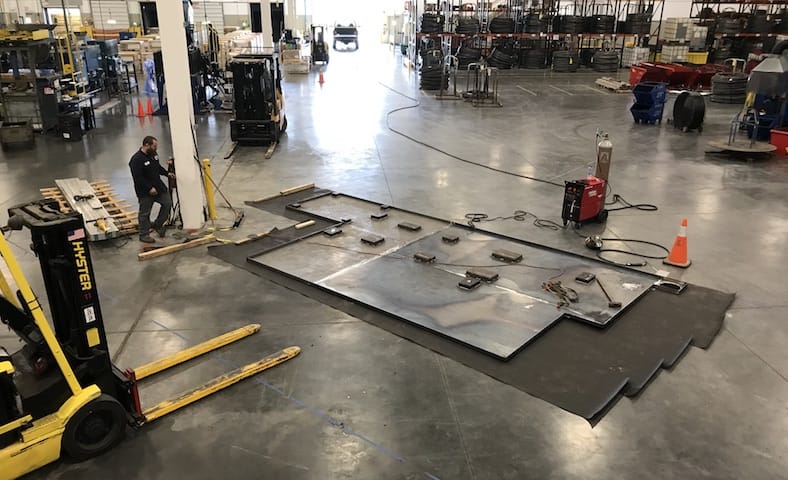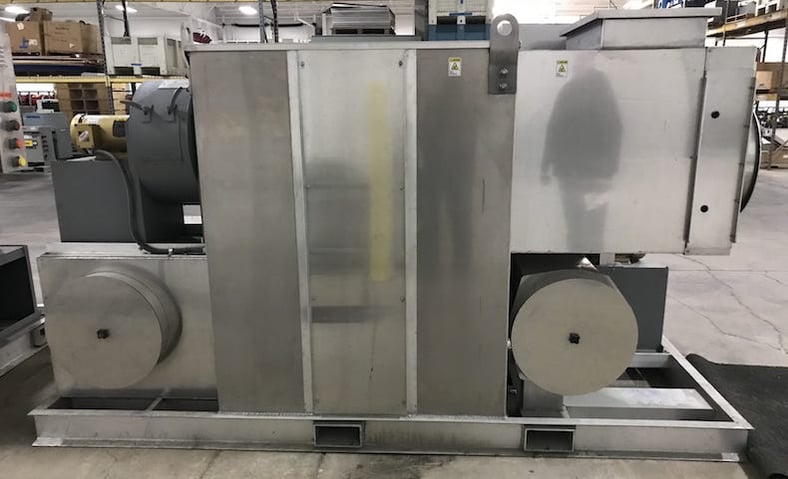 Although there are quite a few differences between ferrous and non-ferrous metals, the fastest way to recognize one from the other is iron. Ferrous metals contain iron, while non-ferrous metals do not. Ferrous and non-ferrous metals also contain their own distinct properties; these properties determine how they can and cannot be used.
Although there are quite a few differences between ferrous and non-ferrous metals, the fastest way to recognize one from the other is iron. Ferrous metals contain iron, while non-ferrous metals do not. Ferrous and non-ferrous metals also contain their own distinct properties; these properties determine how they can and cannot be used.
History of ferrous and non-ferrous metals
Copper and bronze are the most recognizable non-ferrous metals, with the discovery of copper marking the end of the stone age.
Around 1,200 BC, along with the birth of iron production, the use of ferrous metals became more customary, ultimately leading us into the iron age.
Properties of Ferrous Metals
Ferrous metals are more prominently used in construction, shipping containers, piping, automobiles, and more. With a vulnerability to rust when exposed to moisture, the best long-term options include wrought iron and stainless steel.
Let's look at the classification of ferrous metals. Most ferrous metals are magnetic and are used in the production of refrigerators as well as motor and electrical pieces.
Stainless Steel
Stainless steel is one of the most durable of the ferrous metals due to its ability to self-heal. It is not only heat and corrosion resistant, but is durable and offers a better life-long value than most steels.

Wrought Iron
Wrought iron is another durable member of the ferrous metals family. Wrought iron is an alloy with very little carbon content. Due to the addition of slag during manufacturing, wrought iron is resistant to corrosion and oxidation. Used in chains, barbed wires, and railings, it is low in fatigue strength.Cast Iron
Strong and yet very brittle, cast iron is used to manufacture engine blocks and manhole covers.Carbon Steel
One of the hardest steels due to higher carbon content, carbon steel is used in the manufacturing of machine tools, drills, and blades.

non-ferrous metal properties
The lack of iron in non-ferrous metals does give them a few advantages over ferrous metals, and that is their malleability as well as a higher resistance to rust and corrosion. Non-ferrous metals are often used for gutters, liquid pipes, roofing and more.
Aluminum
Aluminum's light weight makes it great for use of manufacturing food cans, aircraft, utensils, and cars.

Copper
Used in the electrical industry, copper is malleable and has high conductivity. Copper is also a naturally occurring substance used in statues, bearings and roofing.Brass
Commonly used in ornaments and for electrical fittings, brass is a combination of copper and zinc.Zinc
Known for having a very low melting point, zinc is often used in galvanizing, or applying a protective coating to iron or steel to prevent rusting.
All-Type Welding and Fabrication, Inc. has extensive fabricating and welding a wide variety of commonly used ferrous and non-ferrous metals. To learn more about the differences between ferrous and non-ferrous metals, contact us today.
Related: Ferrous Sulfate and the Ferrous Formula?
What does ferrous mean?
a bluish-green, crystalline, saline-tasting, water soluble heptahydrated solid, used chiefly in the manufacture of iron salts







